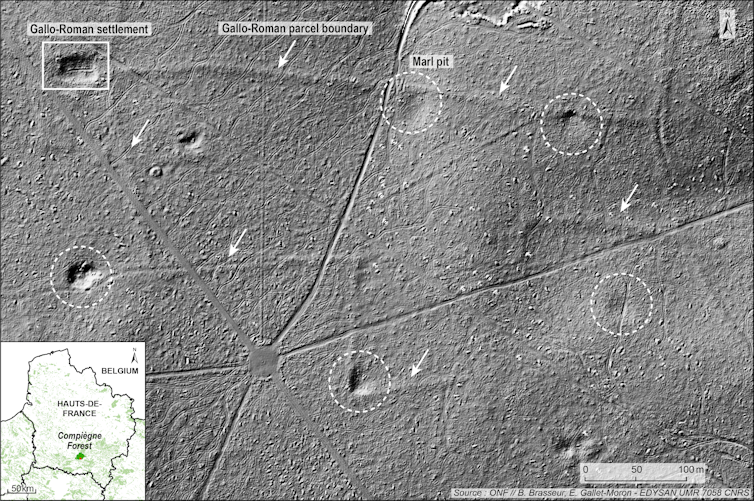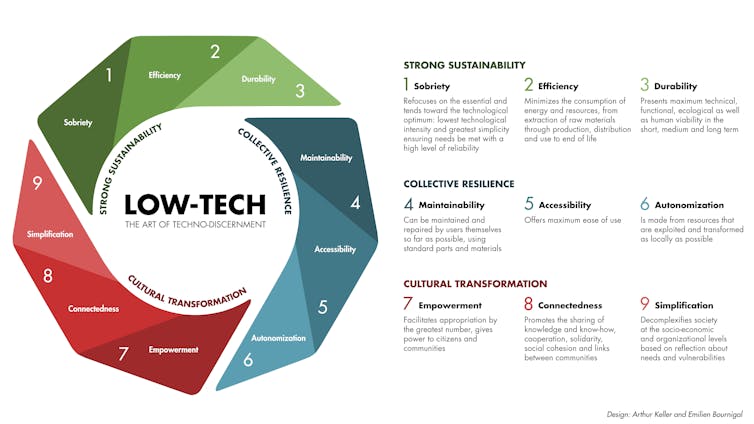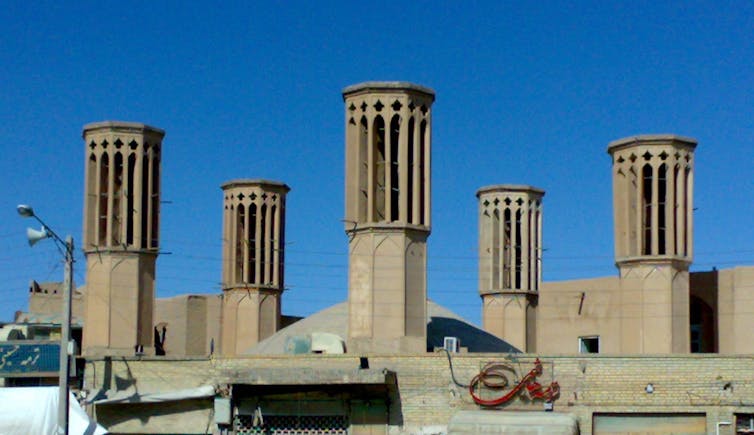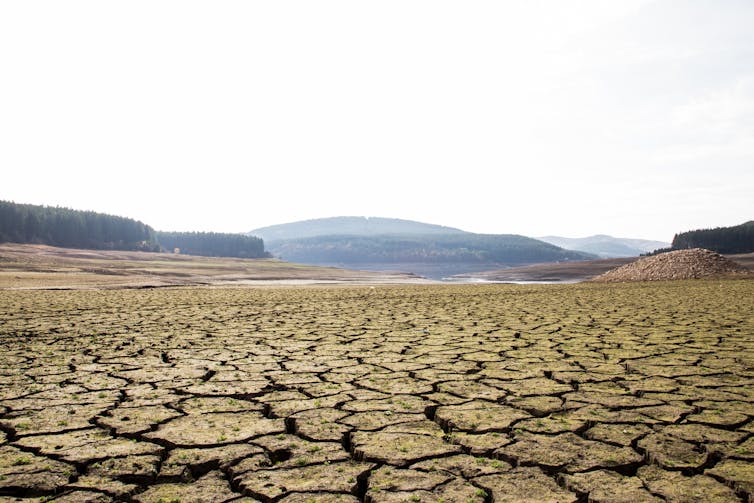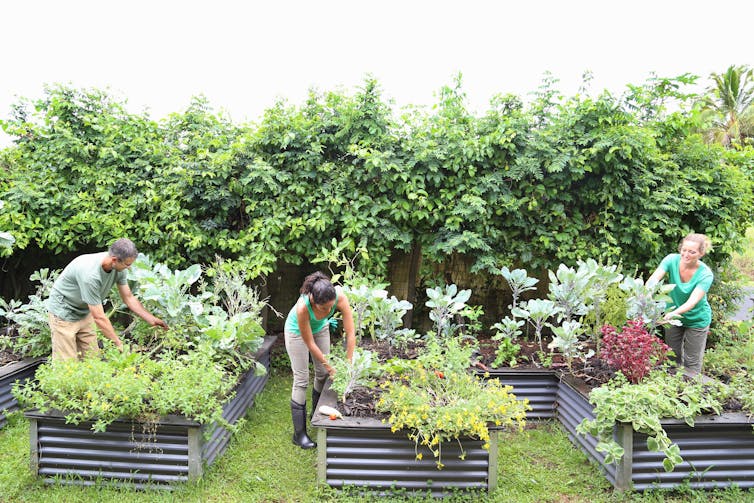In this special blog series, Migration Mobilities Bristol (MMB) and the Cabot Institute for the Environment bring together researchers from across the University of Bristol to explore connections between movement and the environment from a multi-disciplinary perspective. Their diverse approaches highlight the importance of developing frames that incorporate both migration and environment, and in so doing benefit our understandings of both.
————————————-
In 2015, Ioane Teitiota and his family were deported from New Zealand to the Pacific island nation of Kiribati. His asylum application had been based on the grounds that water, due to sea level rise, had made the island uninhabitable in various ways: there was a shortage of clean drinking water; the available habitable land had decreased, which had led to increased insecurity because of violent land disputes; and the main activity, subsistence farming, was impeded.
Water has always had a major influence on where we live. Whether drawing us to new locations or forcing us from existing ones, water has always been intricately connected to the movement of people. As soon as it was possible to navigate the wide-open sea, water facilitated exploration to new lands. Later, being on these wide, open seas offered hope to millions fleeing world wars, presenting a somewhat invincible fortress protecting them from persecution, suffering and premature demise. More recently, the drowning of at least 27 men, women and children attempting to make the crossing from France to England brought into sharp focus how some things have not changed since those world wars: many are still crossing seas to flee persecution, suffering and premature demise.
In recent times, it is increasingly recognised that climate change will be a significant driver of migration. Island states such as Tonga and Micronesia already have negative net migration rates and projections are that stressed freshwater resources and water-related extreme events (such as floods) will drive more migration from island states because of food insecurity and habitat loss. Some states are already purchasing land to relocate citizens, as this is considered the only reliable adaptive response. By 2014, Kiribati had purchased 6,000 acres of forest land from Fiji: ahead of the UN climate summit that year, Anote Tong, Kiribati’s president at the time, said that buying land abroad was the way to ensure ‘migration with dignity’. Meanwhile, 6,000 km to the east, the world’s ‘first environmental refugees’ were already setting up new homes in Bougainville, an autonomous island of Papua New Guinea. They had left islands that were becoming increasingly uninhabitable as sea water ingress led to shortages in arable land and clean drinking water.
It is debatable, however, whether the islanders migrating to Bougainville are indeed the world’s first group of people forced to leave their ancestral lands due to climatic changes. Lake Chad, in west Africa was once the sixth largest inland water body, with an open water area of 25,000 km2 in the 1960s. By the 1980s, over 90% of the lake had been lost due to decreased precipitation, sparking significant internal and international migration. By 2015, more than 71,000 people from Nigeria and North Cameroon had moved towards the lake’s receding shores. As the ever-growing numbers scrambled for a portion of the limited water resources to farm, water their livestock and maintain their livelihoods, violence erupted that led to further migration out of the region. With limited non-agricultural skills and no source of capital to engage in alternative livelihood strategies the situation for these people is extremely precarious.
These two case studies challenge the narrative that climate change will drive migration in the future. They show that it already does. The situation is only likely to get worse as more regions of the world are affected, and yet, the impact of water crises on migration is not well documented.
Environmental migrants
No legal definition exists to date, for people on the move due to environmental drivers. However, the International Organisation for Migration put forward the following definition in 2007:
… persons or groups of persons who, predominantly for reasons of sudden or progressive change in the environment that adversely affect their lives or living conditions, are obliged to leave their habitual homes or choose to do so, either temporarily or permanently, and who move either within their country or abroad.
(IOM, 2007:1)
Water scarcity is bound to be a major driver of migration given that 17 countries, home to 25% of the global population, are already experiencing water stress (see Figure 1). The poorest of the global population will be the most adversely affected, but, without the necessary resources, they are also the least able to leave their homelands to seek livelihoods elsewhere. It is therefore unlikely that the world will see waves of impoverished ‘water refugees’ crossing oceans and landing on the shores of wealthy nations. The World Bank estimates that residents of poor countries are four times less likely to move than residents of middle-income countries. But their inability to move will severely impact their chances of survival.
 |
| Figure 1: Predicted global water stress between 2030 and 2040 (Image: OpenStreetMap) |
Conceptualising water as a driver of migration
Water has always been both a push and pull factor for migration: places with adequate sources will attract migrants while diminishing reserves have the opposite effect. To assess the interconnection between water and migration, a 3D model encompassing water quantity, water quality and water-related extremes has been suggested (see Figure 2). Deterioration of water quality – for example, resulting from chemical contamination or increased salinity – will push people away from habitats due to adverse health impacts. Increased salinity can also significantly impact food security, leading to out-migration. The third factor, water extremes – such as floods or droughts – impact both quality and quantity, but their impact on the nature of migration (whether it is temporary or permanent) depends on how frequently these events occur.
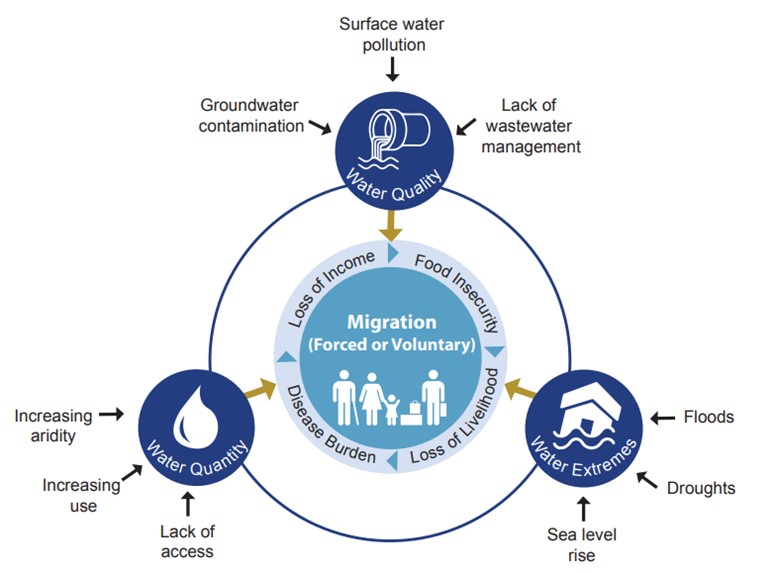 |
| Figure 2: Three-dimensional framework conceptualising the links between water and migration (Image: Nagabhatla et al., 2020). |
Which way forward?
It is important to acknowledge the ways in which water migration results in unfair outcomes both for those with means to escape water-scarce areas and those without. In developing countries, wages of workers who move from rural to urban areas due to drier climates may be up to 3.4% lower than that of a typical immigrant – a significant amount for those already on a very low income. For those unable to leave their water-scarce homes, diminished food security and loss of income from agriculture present significant blows to already disadvantaged communities.
In urban areas water supplies are also under threat from climate change. Doing nothing could prove extremely costly to local and global economies, both increasing involuntary migration and severely impacting on communities without resources to fund migration. It is therefore crucial to invest in infrastructure and policies that enhance resilience within cities as well as rural areas. Water recycling, rainwater harvesting and incentives for efficient water use are tools that can be employed to this end. Evidence shows that while people may initially be resistant to using recycled water, their willingness increases when all available options are weighed up.
Finally, protecting livelihoods at the place of origin needs to be a key strategy for addressing water-induced population movement. In rural areas climate-smart agriculture can help towards reducing the vulnerability of communities and their livelihoods to diminished water resources. In Senegal, for example, high yielding, early maturing and drought resistant varieties of sorghum, millet, cowpeas and groundnuts are being developed as an adjustment to the shorter rain seasons. Traditional varieties required at least 120 days and plenty of rain to harvest, but new varieties require less than 110 days and can withstand two to three week stretches without rain. Instead of giving up farming therefore, farmers can stay on their lands and farm in ways that are adaptable to water scarcity and a variable climate.
——————————–
This blog is written by Dr Anita Etale, a Research Associate at the Department of Aerospace Engineering at the University of Bristol. Her research focuses on finding sustainable materials for water treatment using sustainable resources as well as the environmental and social implications of water stress on communities. Anita is MMB’s Early Career Representative.











